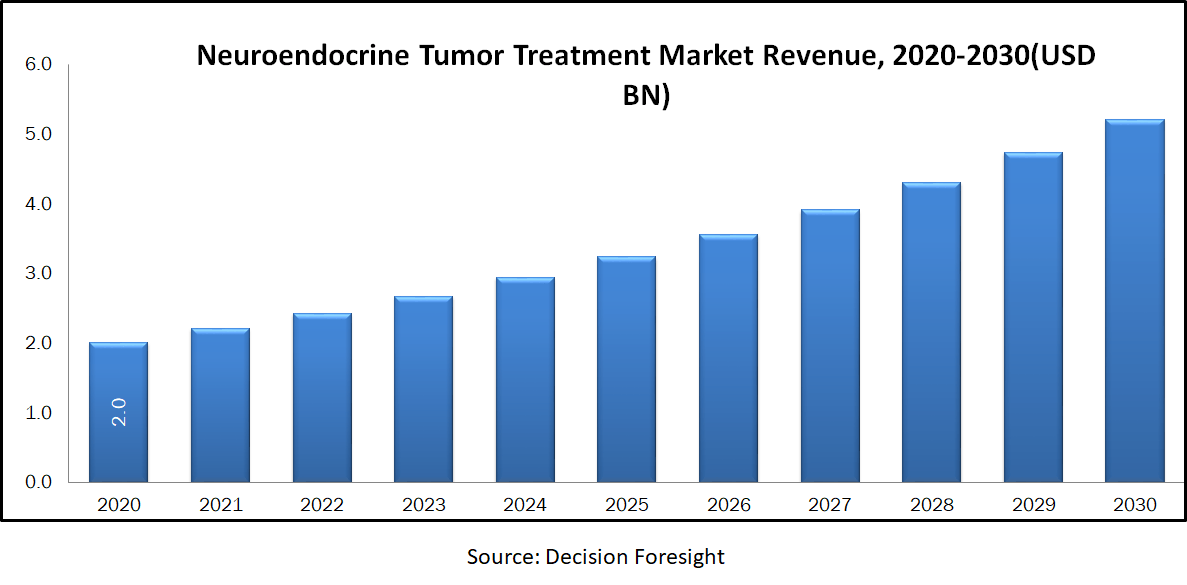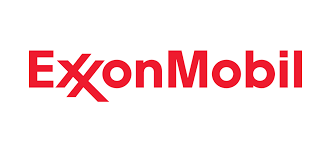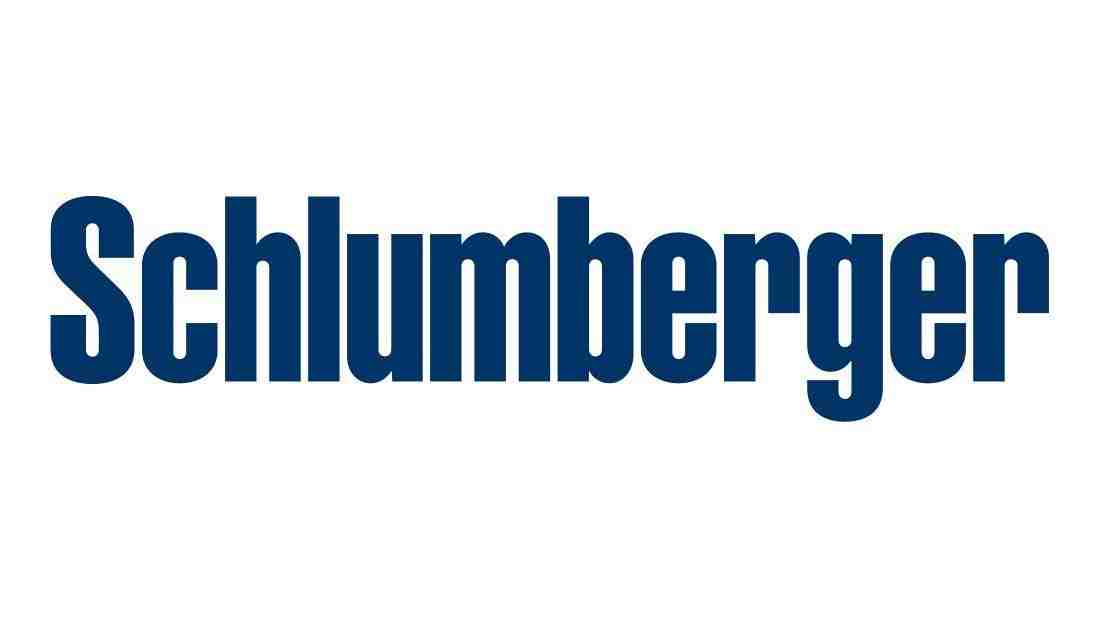Neuroendocrine Tumor Treatment market held USD 2 billion in 2020 and is to grow with a CAGR of 10% from 2020-2030. Tumors of specialized body cells, called neuroendocrine cells, are known as neuroendocrine tumors. Neuroendocrine tumors come from cells that develop hormones. Thus, it produces and releases hormones in the blood in response to signals acknowledged from the nervous system. It can occur anywhere in the body, but mostly it occurs in the pancreas, digestive system, lungs, rectum, and appendix.Neuroendocrine tumors can be benign (non-cancerous) or malignant (cancerous). Different types of neuroendocrine tumors include carcinoid tumors, islet cell tumors, medullary thyroid cancer, pheochromocytomas, neuroendocrine carcinomas and others. Neuroendocrine tumor is a rare type of tumor. It is estimated that more than 12,000 people are affected each year by neuroendocrine tumors in the United States.
Market Dynamics and Factors:
Neuroendocrine tumor treatment trend is expected to kindle market growth over the forecast period. In addition, a significant increase in funding from various international organizations, such as the World Health Organization and the American Cancer Academy, is expected to boost the market for neuroendocrine tumors in the near future. Drugs used to treat rare diseases are called orphan drugs. Rare diseases affect a very small part of the population. Therefore, unlike orphan medicines, orphan medicines do not guarantee a return on investment. Additionally, compared to non-orphan drugs, the development cost of orphan drugs is higher, which is expected to impede the growth of neuroendocrine tumor market during the forecast period. Rules on the use of excess material in the packaging system
Market Segmentation:
Based on the site, the neuroendocrine tumor treatment market size is segmented into Small Intestine, Pancreas. Based on end-use the market is segmented into hospitals and clinics. On the basis of product, the market segmentation includes SSA and Targeted Therapy. Geographical breakdown and analysis of each of the aforementioned segments includes regions comprising North America, Europe, Asia-Pacific, and RoW.
Geographic Analysis:
North America is the potential market in the neuroendocrine tumor treatment market due to rising demand for these therapies in this region. Supportive insurance policies in this region will further drive the market growth in this region. Additionally, suffocated healthcare facilities and high research and development expenditure by leading pharmaceutical companies and regional government for cancer research are other key factors for the growth of North America neuroendocrine tumor treatment market. Asia Pacific will grow rapidly in the foreseeable timeframe due to large patient base, developing health care infrastructure, and rising government expenditure in health care in the region. Moreover, increasing focus of key players towards business expansion will further supplement the growth of the Asia Pacific neuroendocrine tumors market.
Competitive Scenario:
Global neuroendocrine tumor treatment market, players are witnessing stiff competition owing to presence of major industry giants in this market. Key players enhancing the global neuroendocrine tumor treatment market size include F. Hoffmann-La Roche Ltd., Ispen SA, Amgen, Inc., Eli Lilly & Company, Bristol-Myers Squibb, Novartis AG, Pfizer Ltd., Callisto Pharmaceuticals Pvt. Ltd., Teva Pharmaceuticals, Ltd., and Biosynthema, Inc.
Neuroendocrine Tumor Treatment Market Report Scope
| Report Attribute | Details |
| Analysis Period | 2020–2030 |
| Base Year | 2021 |
| Forecast Period | 2022–2030 |
| Market Size Estimation | Billion (USD) |
| Growth Rate (CAGR%) | 10 % |
|
| Site (Small Intestine, Pancreas), By End Use (Hospitals, Clinics), By Product (SSA, Targeted Therapy) |
| Geographical Segmentation | North America (U.S., Canada, Mexico) Europe (UK, Germany, Italy, France, Rest of Europe), Asia-Pacific (China, Japan, India, Australia, Rest of APAC), South America (Brazil, Argentina, Rest of SA), MEA (UAE, Saudi Arabia, South Africa) |
| Key Companies Profiled | F. Hoffmann-La Roche Ltd., Ispen SA, Amgen, Inc., Eli Lilly & Company, Bristol-Myers Squibb, Novartis AG, Pfizer Ltd., Callisto Pharmaceuticals Pvt. Ltd., Teva Pharmaceuticals, Ltd., and Biosynthema, Inc. |







